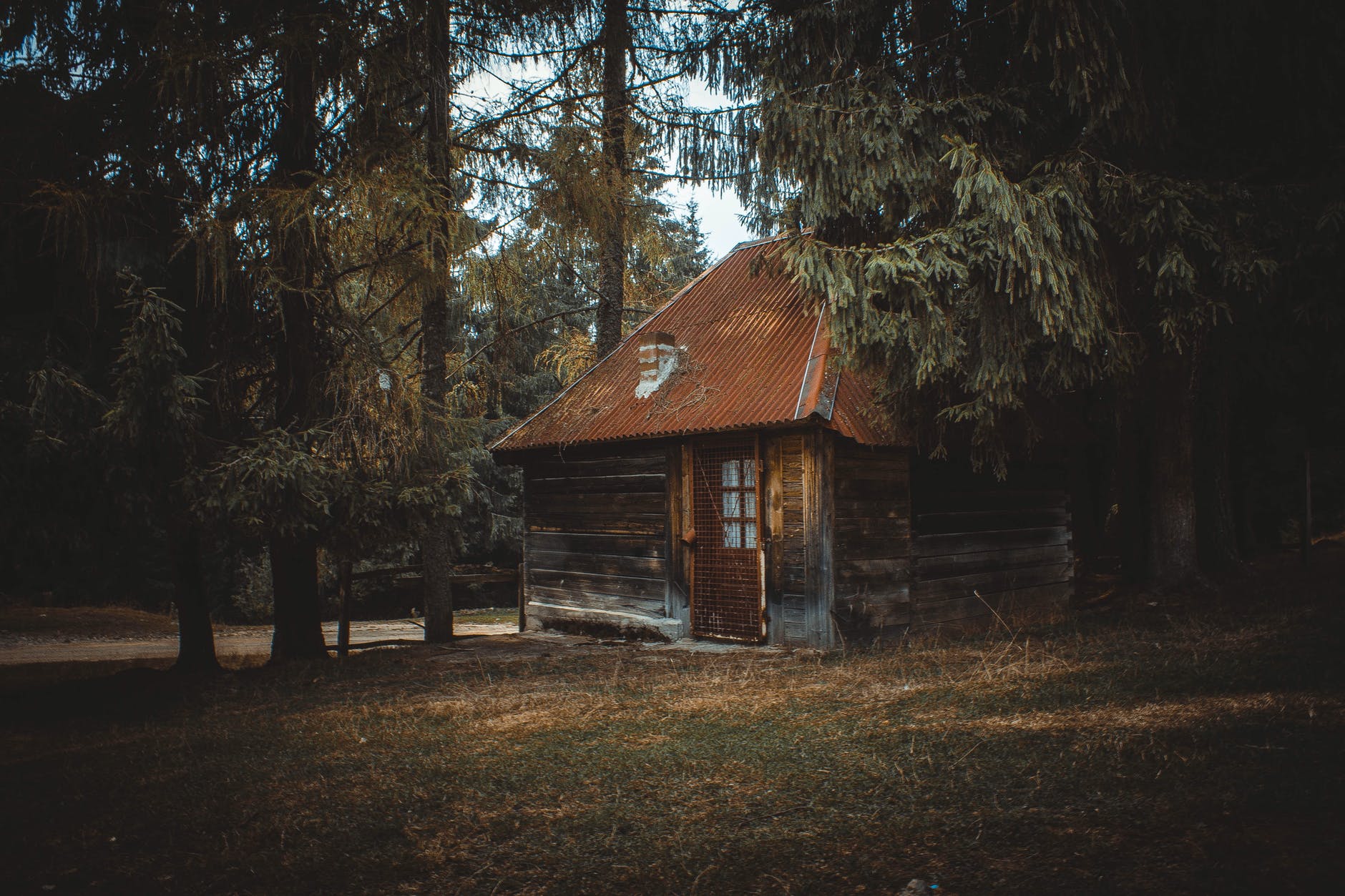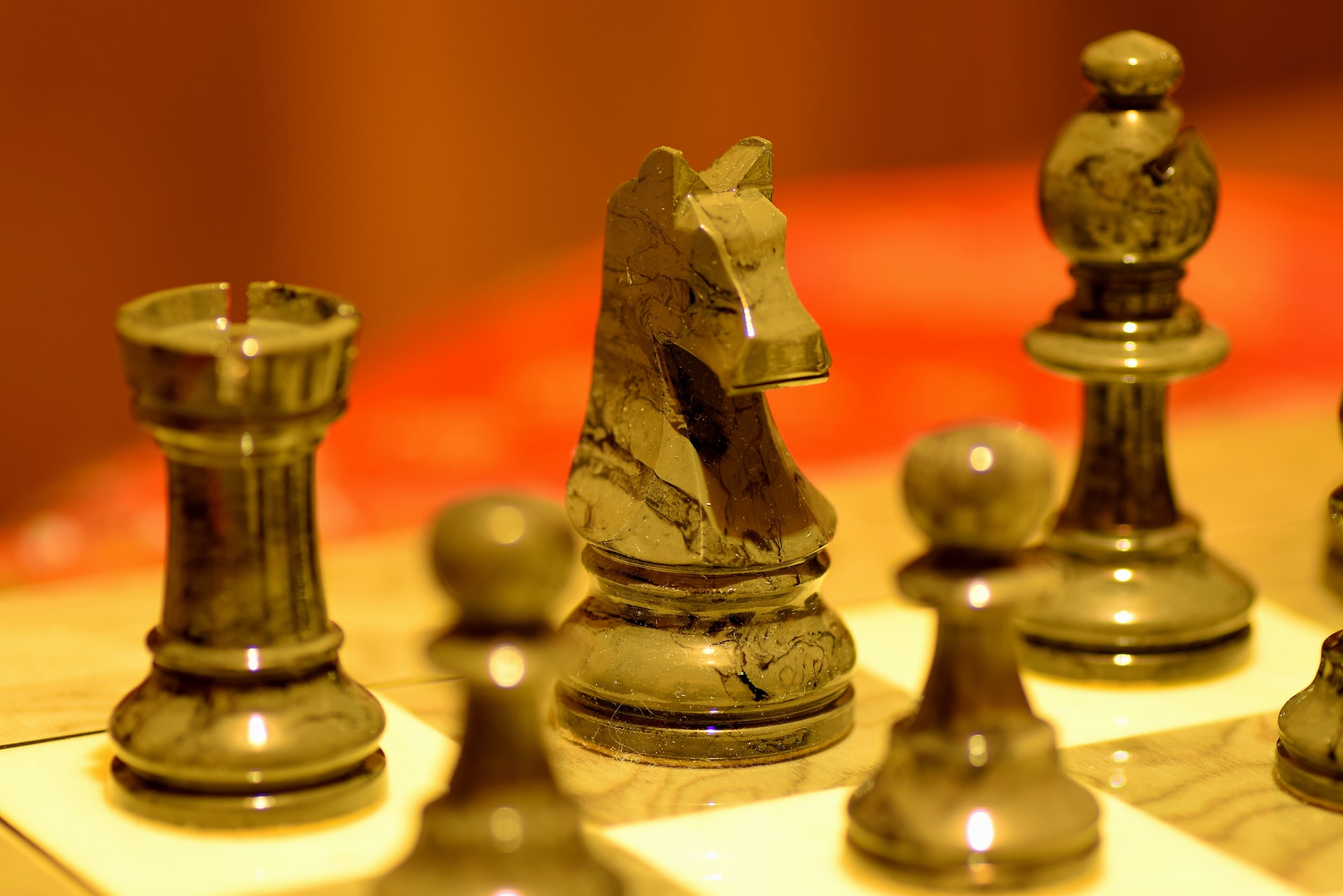Horror films and haunted homes are filled with brain-munching zombies and chainsaw-wielding maniacs. These are both popular Halloween-season destinations for thrill-seekers. What makes these terrifying experiences so appealing? And why are we willing to seek them out in frightening recreational settings?
The latest research published in the journal Psychological Science shows that horror is most effective when it triggers a distinct physiological response, measured by changes in heart rate. However, it does not have to be so frightening that we feel overwhelmed. The fine line between fun or an unpleasant experience may vary from one person to another.
Marc Malmdorf Andersen is a researcher at Aarhus University’s Interacting Minds Center and the lead author of this paper. “Our study presents some of the most important empirical evidence regarding the relationship between fear and enjoyment in recreational forms.
Researchers have known for years that physiological arousal (such as a faster pulse and release of hormones in your brain) may be a key reason why many people find most extreme haunted houses in Ohio and horror movies so appealing.
However, there has been no direct correlation between enjoyment and arousal from these activities. Andersen stated that no prior studies had examined this relationship at physiological, subjective, and behavioral levels.
Andersen and his coworkers studied the responses of 110 people to a haunted house attraction in Vejle (Denmark) to discover this connection. Each participant was fitted with a heart monitor that recorded their heartbeats as they moved through the attraction. A haunted house with nearly 50 rooms provided an intimate and immersive live-action horror experience. To scare guests, the attraction employed a variety of scare tactics, including jump scares in which zombies or other monstrous abominations appeared suddenly or were charged towards them.
Closed-circuit monitors in the attraction allowed the researchers to observe the reactions of the participants. The team was able to observe participants’ reactions to the most terrifying elements and then to have independent coders analyze their behavior. Participants were asked to rate their fear and enjoyment for each encounter. Researchers were able to assess the fear-related and pleasure-related aspects of attraction at subjective, behavioral, as well as physiological levels by comparing the self-reported experiences and the surveillance camera data.

What is Recreational Fear?
Recreational fear is a combination of fear and pleasure. Fear is considered an unpleasant emotion that evolved to protect us from harm. Paradoxically, people sometimes seek frightening experiences out of fear for recreational purposes. Andersen stated that “past studies on recreational fear have not been able e establish a direct relationship between enjoyment & fear.”
For example, studies on fearful reactions to media have been mostly conducted in laboratories with weak stimuli such as clips from scary films or short videos. These experimental settings can make it difficult for scientists to measure physiological arousal, as responses in the laboratory may be very modest.
Andersen stated that conducting the study in a haunted attraction where participants are screaming with fear and joy made it easier. It also presented unique challenges such as the complex logistics involved in conducting empirical studies within a real-world, messy context like a haunted home.
Exploring the “Goldilocks Zone”.
The researchers found an inverted U-shape trend that revealed a sweet spot where fear is minimized and enjoyment is high.
Andersen stated that people who aren’t scared don’t enjoy the attraction as much. The opposite happens when they are scared. It seems that the key to maximizing enjoyment is a “just-right” amount of fear.
Data also revealed a similar U-shape in participants’ heart rate signatures. This suggests that enjoyment can be related to slight deviations from the normal physiological state of a person. Unpleasing sensations can often result from fearful situations that cause long-lasting and severe deviations from the normal state. This is measured as pulse rates increase and decrease over a longer time.
Andersen stated that this is strikingly similar to what scientists have discovered to describe human play. “For example, we know that curiosity is stimulated when people have their expectations shattered to a certain degree. Many accounts of play emphasize the importance of having just-right amounts of uncertainty and surprise to explain why play feels so enjoyable.”
This means that horror fans who are watching Freddy Krueger, Stephen King novels, or screaming through haunted attractions are in essence playing with fear.




